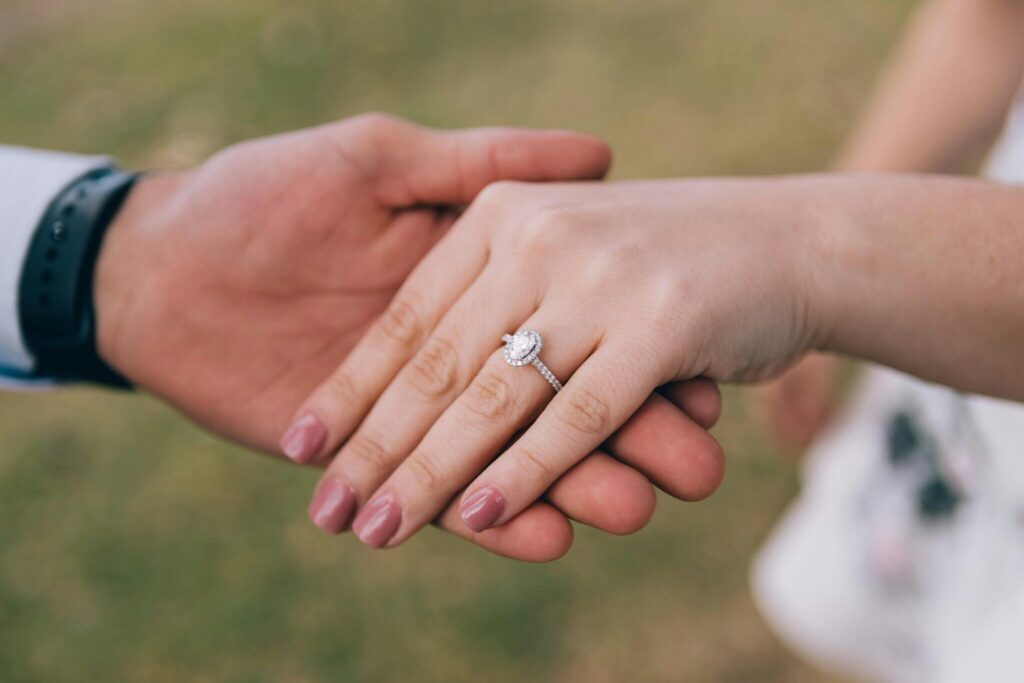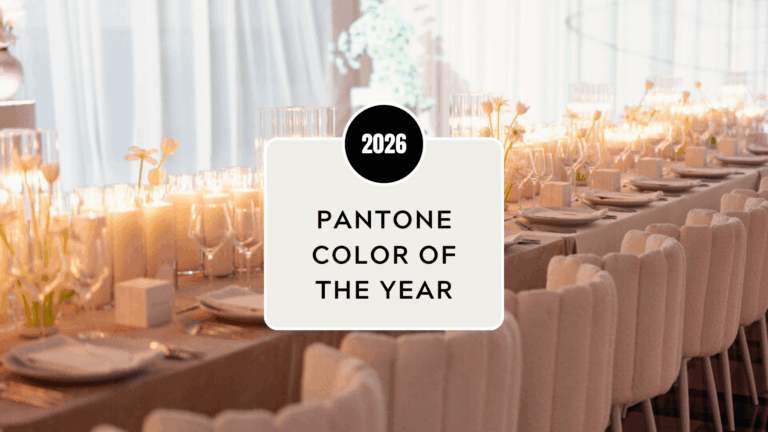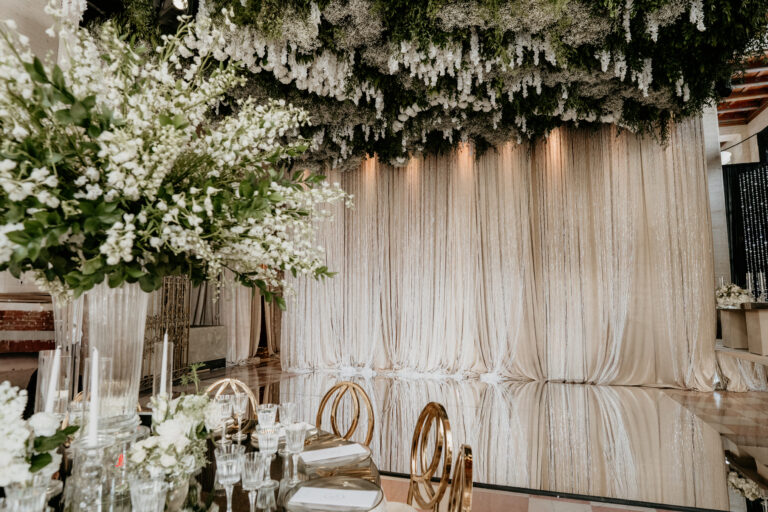
Put a ring on it – The DuPont Building’s expert hospitality team share an in-depth guide to lab-grown vs. natural diamonds
When selecting wedding rings, lab-grown vs. natural diamonds is often a hot topic of conversation for love birds.
Both options offer unique advantages, and understanding their distinctions can help you make an informed choice that aligns with your values and preferences.
Understanding Lab-Grown and Natural Diamonds
Natural diamonds are formed over billions of years under intense heat and pressure deep within the Earth’s mantle. They are then brought closer to the surface through volcanic activity and extracted via mining. In contrast, lab-grown diamonds are created in controlled laboratory environments using methods like High-Pressure High Temperature (HPHT) or Chemical Vapor Deposition (CVD), replicating the natural formation process but within a significantly shorter time frame. Chemically and physically, both types of diamonds are identical, sharing the same hardness, brilliance, and composition.
Cost Considerations
One of the most notable differences between lab-grown and natural diamonds is cost. Lab-grown diamonds are generally 20-40% less expensive than their natural counterparts of similar size and quality. This price difference allows couples to opt for larger or higher-quality stones within the same budget.
Quality and Appearance
In terms of appearance, lab-grown and natural diamonds are virtually indistinguishable to the naked eye. Both can exhibit high levels of clarity and color, and both are graded using the same criteria—the 4 Cs: Cut, Clarity, Color, and Carat weight. Advanced equipment is required to differentiate between the two.
Environmental and ethical considerations for lab-grown vs. natural diamonds
Lab-grown diamonds are often lauded for their environmental and ethical benefits. Their production typically results in a smaller ecological footprint compared to traditional diamond mining, which can lead to habitat destruction and other environmental concerns. Additionally, lab-grown diamonds eliminate the risk of conflict diamonds, ensuring a more transparent and ethical sourcing process.
Sentimental and Resale Value
Natural diamonds have long been associated with rarity and enduring value, often holding sentimental significance passed down through generations. They may also retain resale value better than lab-grown diamonds, which, due to their ability to be mass-produced, may not hold value as well over time.
Making your choice with lab-grown vs. natural diamonds
When choosing between lab-grown and natural diamonds for your wedding rings, consider the following:
- Budget: Determine how much you’re willing to spend and what attributes are most important to you.
- Values: Reflect on environmental and ethical considerations that may influence your decision.
- Preferences: Decide whether rarity and potential resale value are significant factors for you.
Both lab-grown and natural diamonds offer stunning options for wedding jewelry. Your choice should align with your personal values, aesthetic preferences, and financial considerations, ensuring that your wedding rings are a true reflection of your unique love story.
PLUS: For more tips on planning your perfect moment, check out our Wedding Proposal Checklist to ensure your proposal is as unforgettable as your diamond choice.








